Reichstag’s Fall
By Mark McConville
AN EXCITING personal account by one of the Soviet soldiers to storm the Reichstag in Berlin during the final days of World War Two has been made available to English readers for the first time.
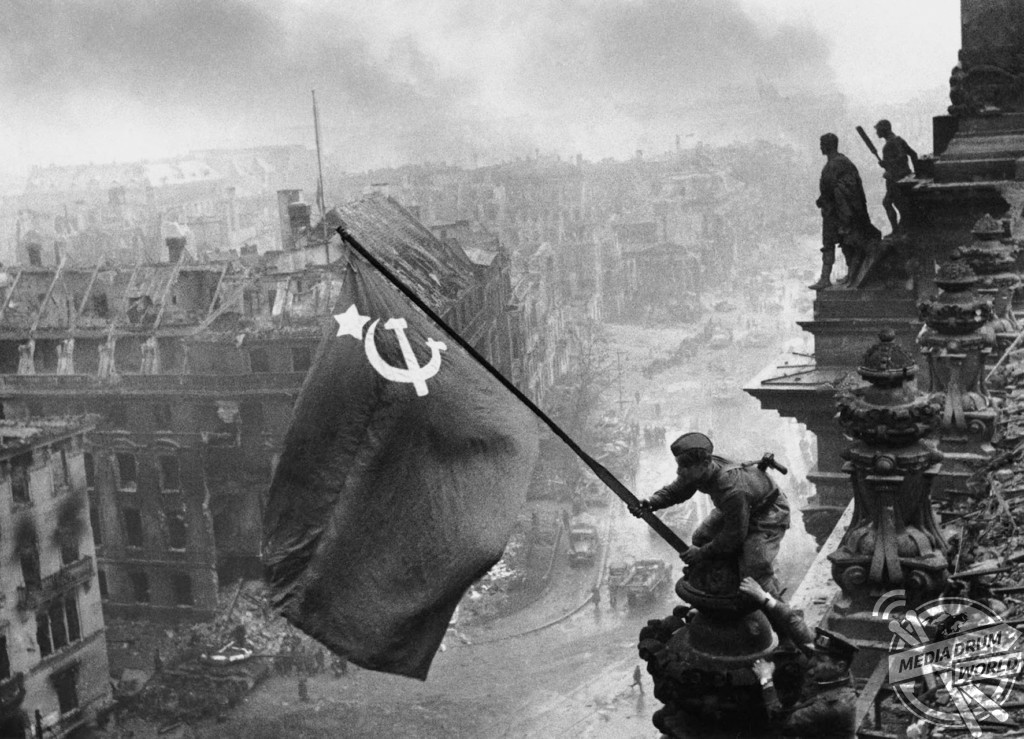
Vassili J. Subbotin / mediadrumworld.com
Striking images included in the book show the Soviet Red Flag being raised above the German parliament building as the surrounding capital city lies in ruins.
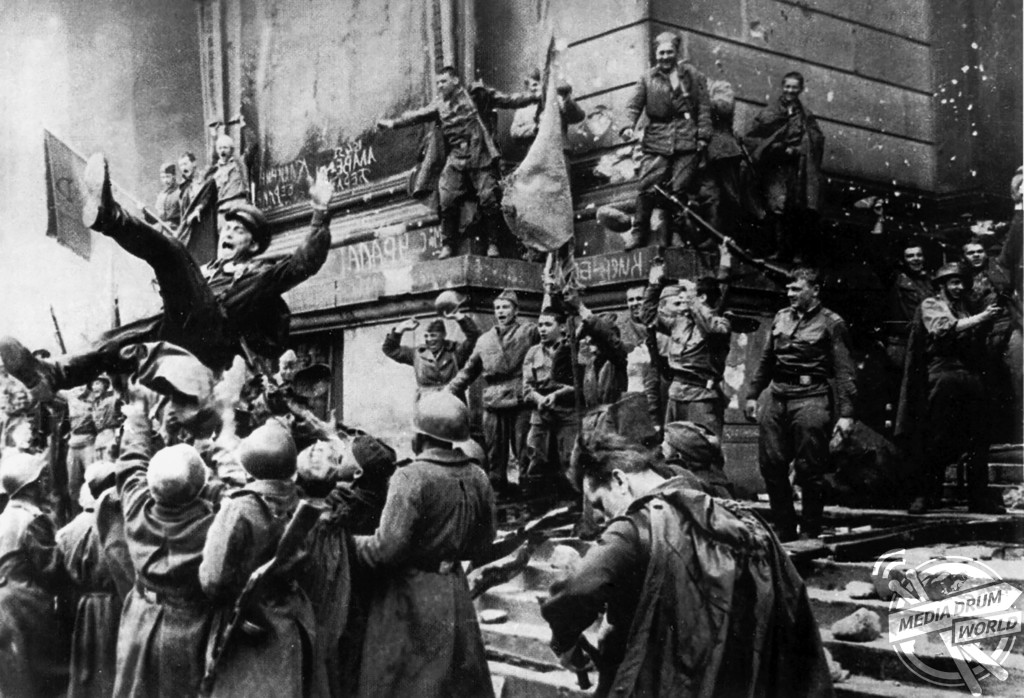
Vassili J. Subbotin / mediadrumworld.com
The image has become the enduring symbol of the final defeat of Nazi Germany at the hands of the victorious Allies.
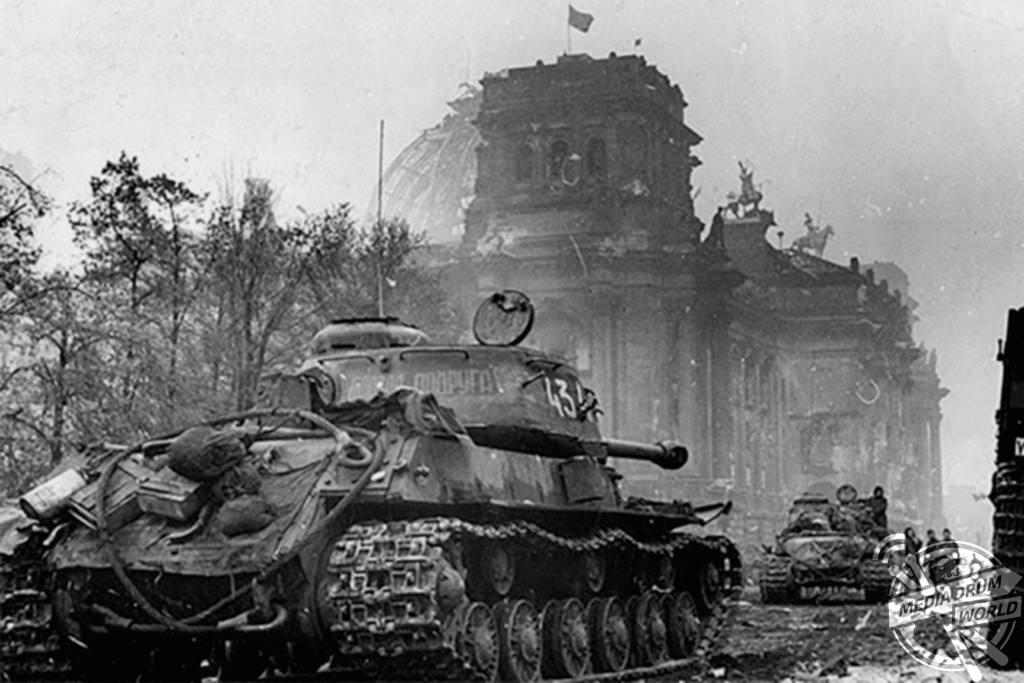
Vassili J. Subbotin / mediadrumworld.com
Other remarkable pictures show the Soviet tanks advancing through Berlin and Russian soldiers celebrating their victory.
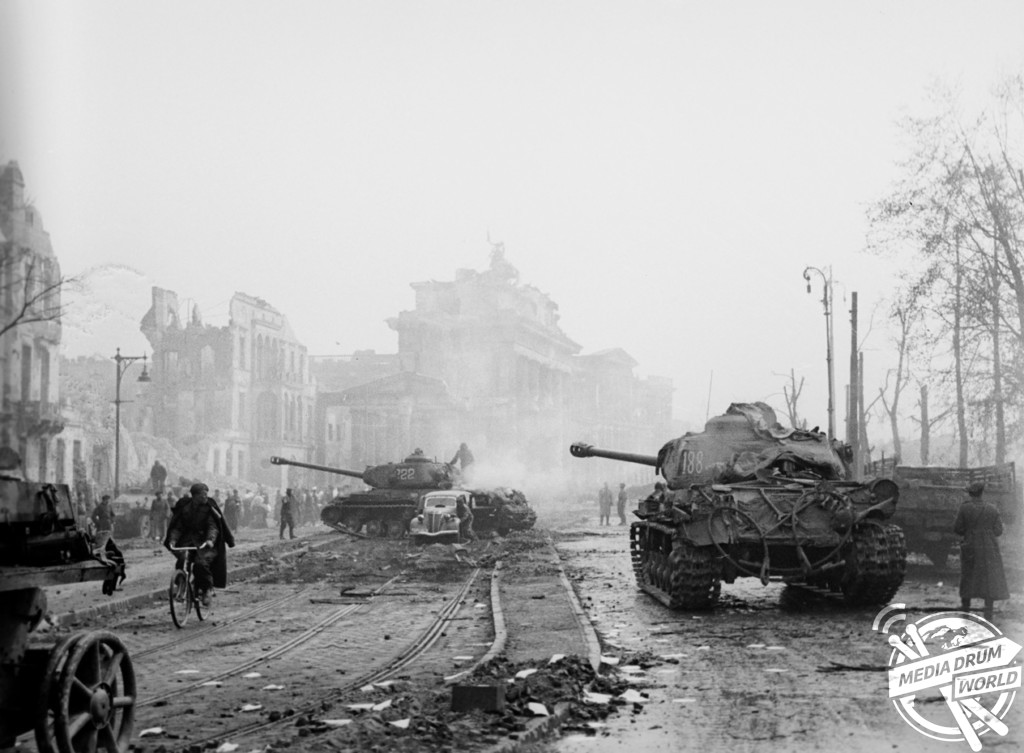
Vassili J. Subbotin / mediadrumworld.com
The stunning shots and intriguing version of events are published in Russian soldier Vassili J. Subbotin’s book, We Stormed the Reichstag, which has been translated from German by Tony Le Tissier and published by Pen and Sword.
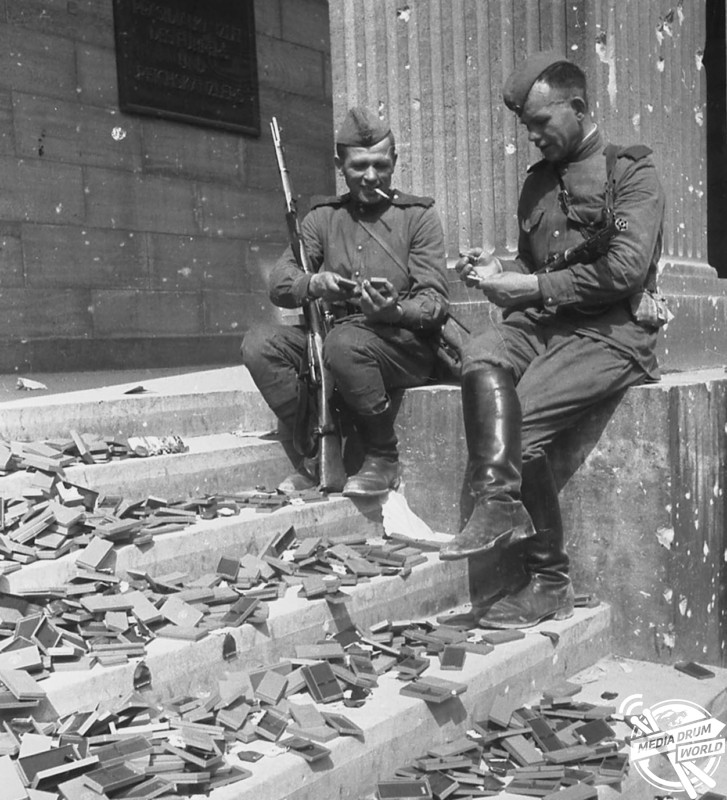
Vassili J. Subbotin / mediadrumworld.com
Vassili Subbotin served during World War Two as a conscript and then as a commissioned war correspondent on the newspaper of the 150th Idritz Infantry Division which led to his involvement in the storming of the Reichstag.
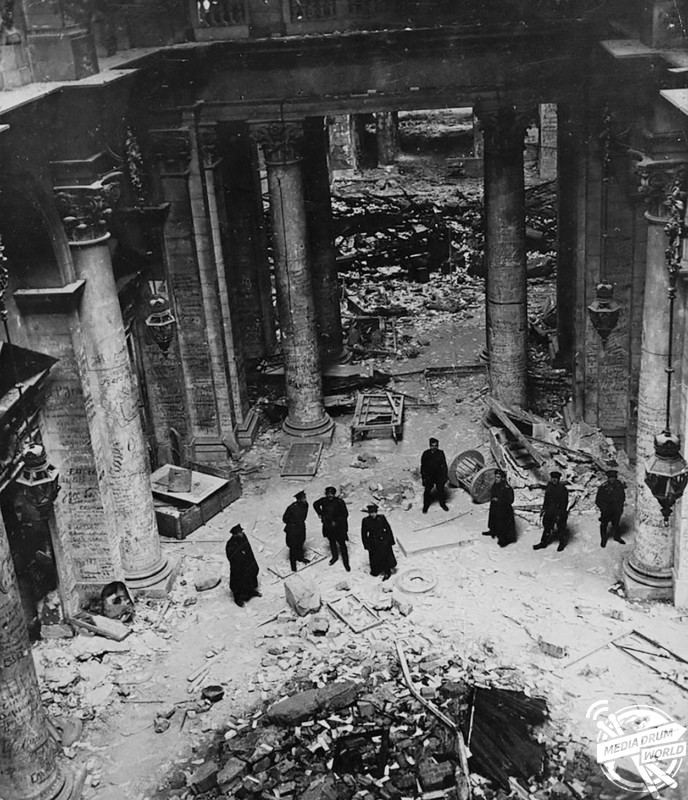
Vassili J. Subbotin / mediadrumworld.com
“The fixation of the Soviets on the Reichstag as their goal was to highlight this particular part of the battle to heroic proportions,” said Mr Le Tissier.
“Heroic as it undoubtedly was in its execution, this episode also emphasises the ruthless exploitation of the troops involved and the fundamental military errors made by their commanders in their haste to meet a politically dictated deadline.
“The pressure from Stalin downwards to get the Red Flag flying from the top of the Reichstag in time for the May Day celebration was such that no one in the chain of command wanted to be in a position where he could be accused of sabotaging the project.
“The cost was of no consequence.”
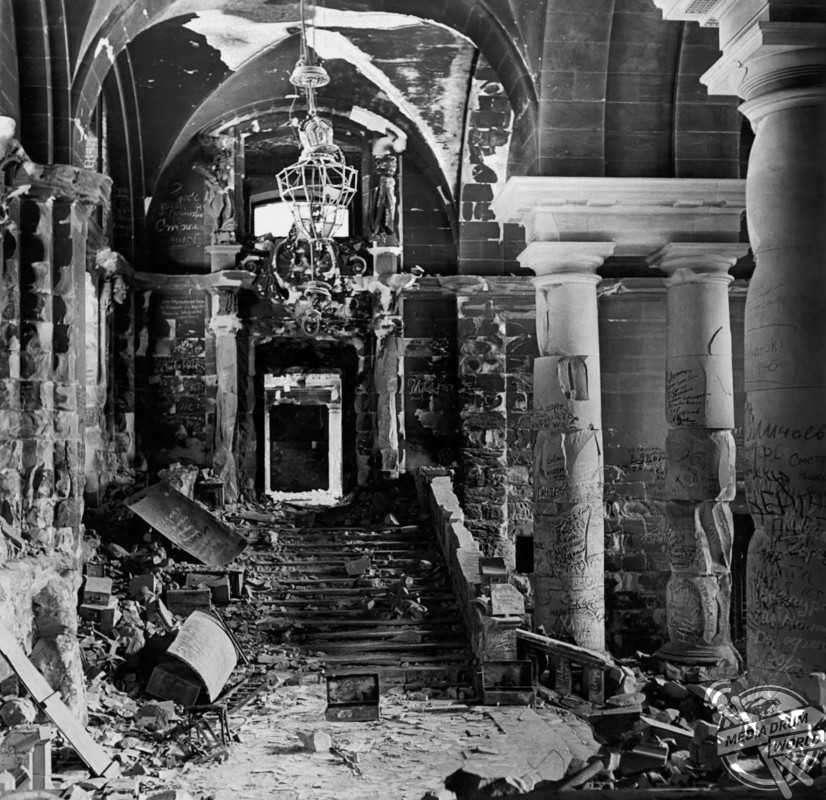
Vassili J. Subbotin / mediadrumworld.com
The Battle of Berlin began on April 16th 1945 but it wasn’t until April 28th 1945 when the Soviets first caught sight of the Reichstag.
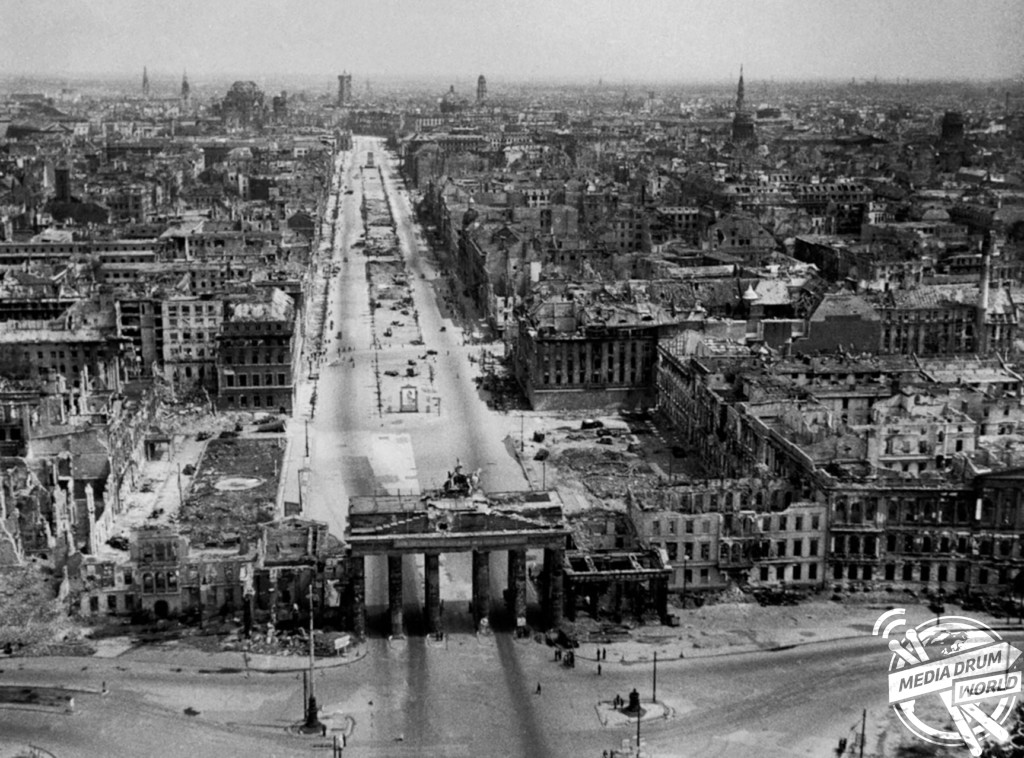
Vassili J. Subbotin / mediadrumworld.com
There was significant pressure from Stalin to take the building by May 1st, which was International Workers’ Day.
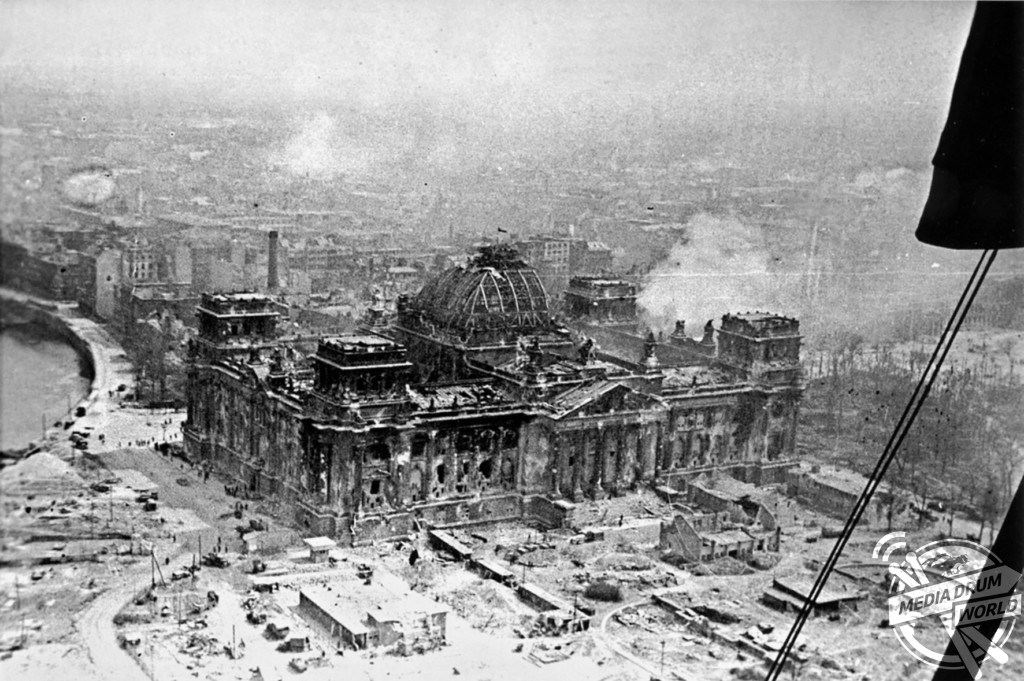
Vassili J. Subbotin / mediadrumworld.com
The Soviets wrongly claimed they had taken the Reichstag and hoisted the Red Flag on the building on April 30th 1945 at 1425 hours but it was not until just seventy minutes before midnight when this was achieved.
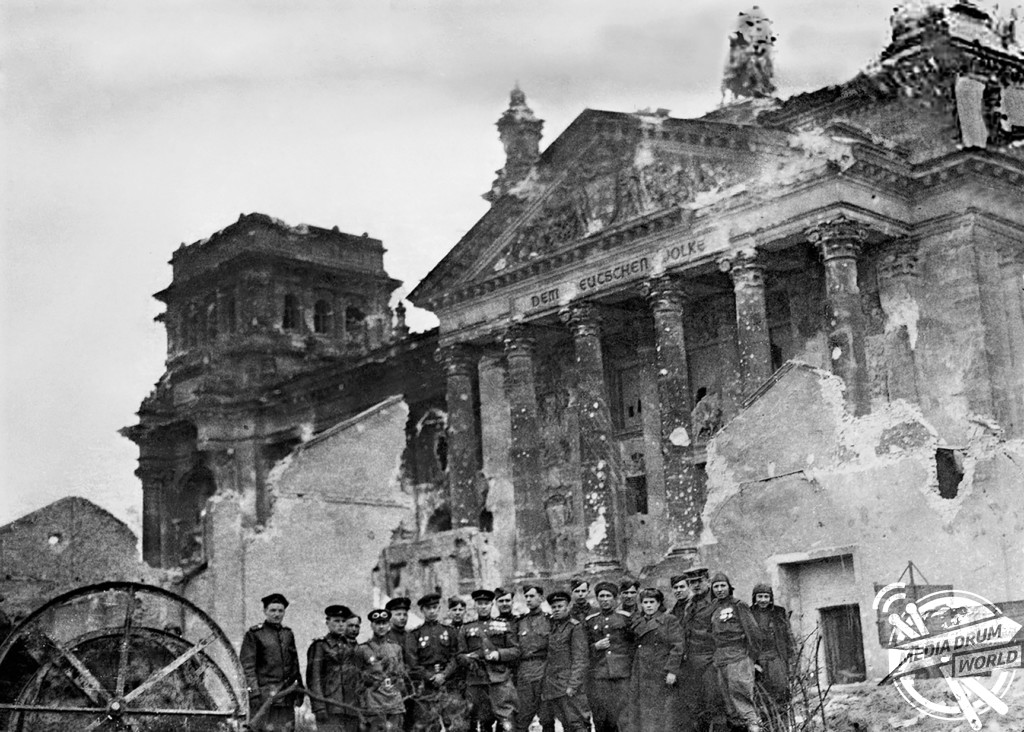
Vassili J. Subbotin / mediadrumworld.com
“Fighting continued inside the Reichstag all day on May 1st,” said Mr Le Tissier.
“The German defence fought on desperately. Gradually the upper storeys of the building were cleared but the defence fought on in the cellars and it was not until General Weidling’s order to surrender was received that the survivors laid down their arms at 1300 hours on May 2nd.”
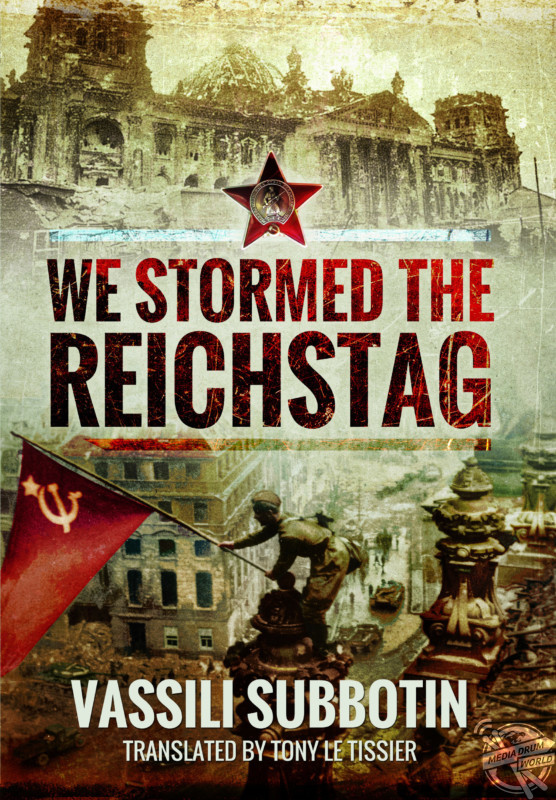
We Stormed the Reichstag, by Vassili J. Subbotin and translated by Tony Le Rissier, is published by Pen and Sword and is available to pre-order for £19.99. The book is released on March 30th 2017.






